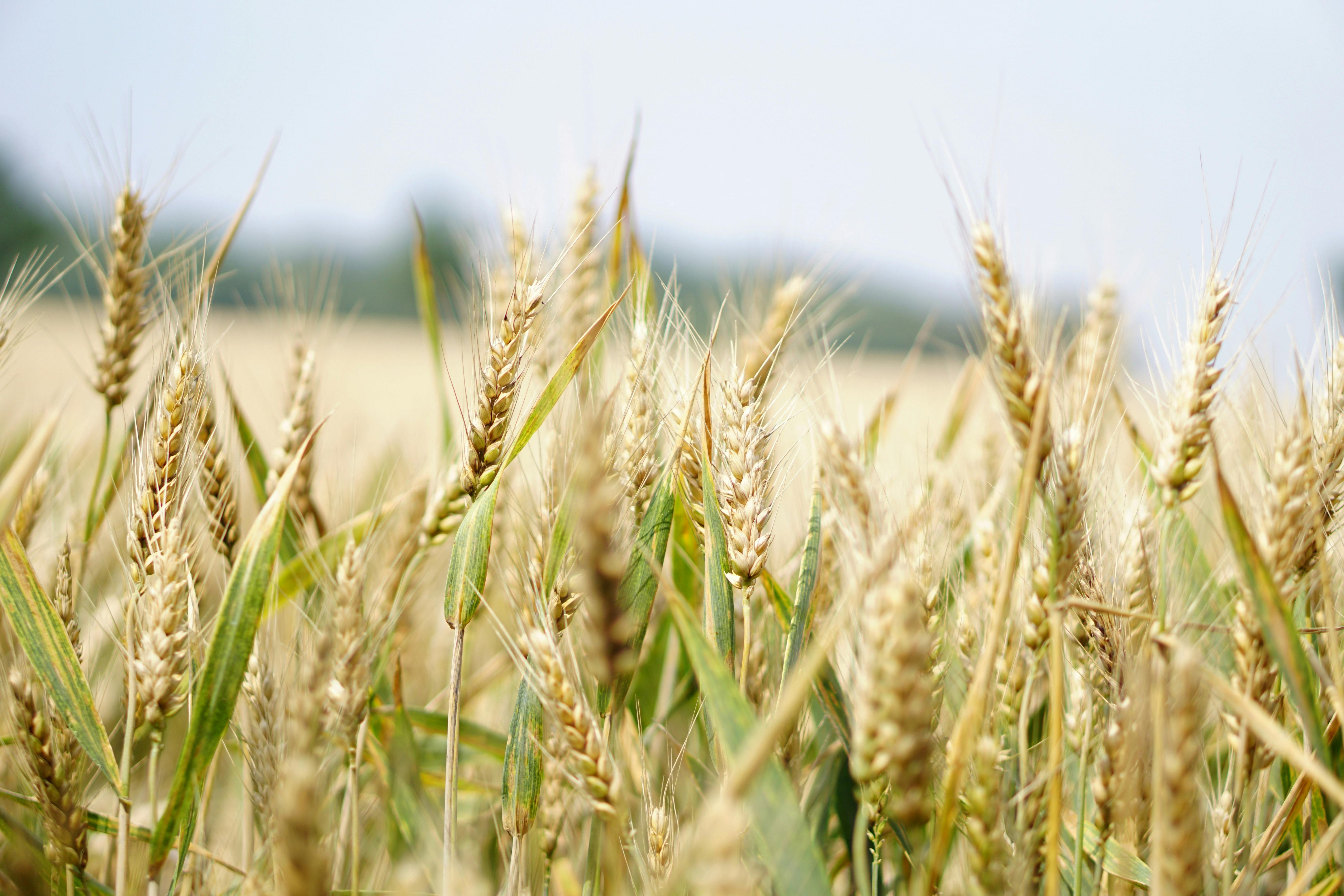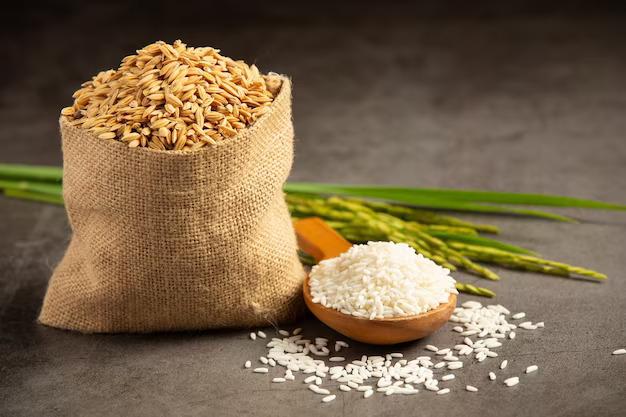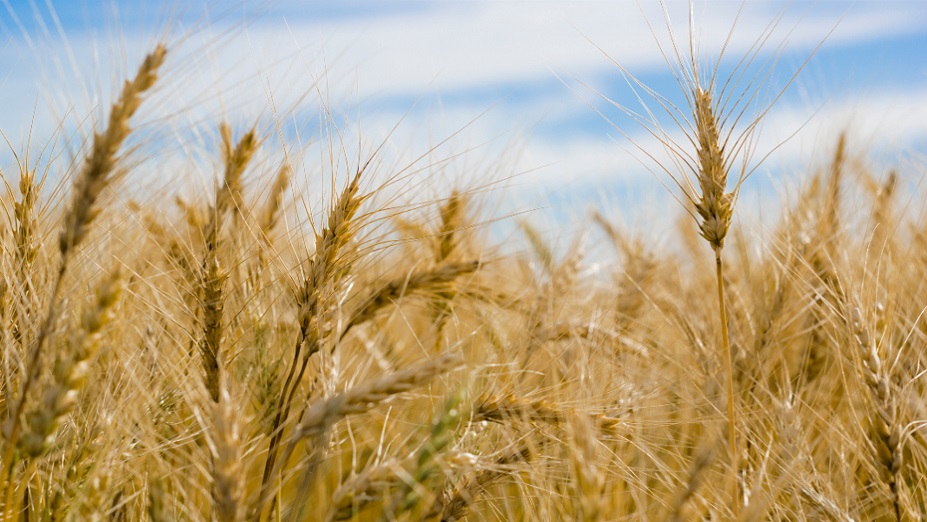Good Agricultural Practices: Cultivating a Sustainable Future
15/10/2023
Agriculture has been the cornerstone of human civilization for millennia, providing us with the food, fiber, and fuel necessary for survival and prosperity. However, as the global population continues to grow and environmental challenges intensify, it has become imperative to adopt practices that not only increase agricultural productivity but also ensure the sustainability of our planet.
What Are Good Agricultural Practices?
Good Agricultural Practices, often abbreviated as GAPs, refer to a set of guidelines and principles that farmers and agricultural producers follow to ensure the safe, sustainable, and efficient production of food and other agricultural products. These practices encompass various aspects of farming, including crop cultivation, livestock management, and post-harvest handling.
The primary objectives of GAPs are to:
Enhance food safety: GAPs help reduce the risk of foodborne illnesses by minimizing contamination from pathogens, chemicals, and contaminants during the production and handling of agricultural products.
Protect the environment: Sustainable agricultural practices promote soil health, conserve water resources, and reduce the negative impact of farming on ecosystems.
Improve farm efficiency: GAPs often lead to higher yields, better crop quality, and reduced production costs, thus enhancing the economic sustainability of farming operations.
Ensure worker safety and well-being: GAPs include guidelines for worker training, safety, and fair labor practices.
Key Components of Good Agricultural Practices
Site Selection and Preparation: Choosing the right location for farming, taking into account factors like soil quality, climate, and proximity to markets. Proper land preparation, such as clearing debris and leveling fields, is also essential.
Crop Selection and Rotation: Selecting appropriate crops for the specific region and practicing crop rotation to improve soil health and reduce disease pressure.
Soil Management: Implementing soil conservation practices like no-till farming, cover cropping, and nutrient management to maintain soil fertility and reduce erosion.
Water Management: Efficiently using water resources through techniques like drip irrigation, rainwater harvesting, and minimizing water wastage.
Pest and Disease Management: Employing integrated pest management (IPM) strategies to minimize the use of pesticides and promote biological control methods.
Harvesting and Post-Harvest Handling: Properly harvesting and handling crops to minimize damage, contamination, and spoilage.
Worker Training and Safety: Ensuring that farm workers are trained in safe agricultural practices and provided with adequate protective equipment.
The Significance of Good Agricultural Practices
Food Safety: GAPs play a crucial role in ensuring the safety of the food supply. By reducing contamination risks throughout the production and supply chain, consumers can have confidence in the products they consume.
Environmental Sustainability: Sustainable farming practices promote the responsible use of natural resources, protect biodiversity, and minimize environmental degradation. This is critical for addressing climate change and conserving ecosystems.
Economic Viability: Adopting GAPs can lead to increased yields, higher-quality products, and reduced input costs, contributing to the economic sustainability of farming operations.
Market Access: Many international markets require adherence to GAPs as a condition for exporting agricultural products. Complying with these standards can open up new markets and opportunities for farmers.
Long-Term Viability: By maintaining soil health, conserving resources, and reducing reliance on chemicals, GAPs help ensure that agriculture remains a viable and productive industry for future generations.
Good Agricultural Practices are not just a set of rules; they represent a holistic approach to farming that promotes sustainability, safety, and efficiency. By adopting these practices, farmers and agricultural producers can play a crucial role in addressing some of the most pressing challenges facing our world today, including food safety, environmental conservation, and economic viability. As consumers, supporting GAP-compliant products can also contribute to a more sustainable and responsible food system. With the continued adoption of GAPs, we can cultivate a future where agriculture thrives while preserving the health of our planet and the well-being of our communities.
Categories
Related Blogs
Ultimate Guide to Wheat Production in India
18/03/2024
Top 5 Most Profitable Crops in India
09/10/2023









